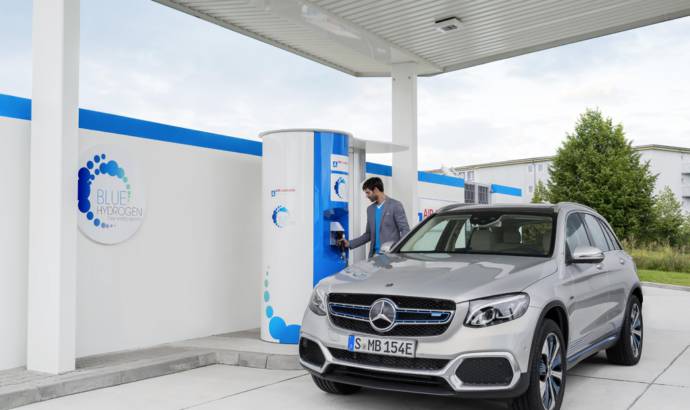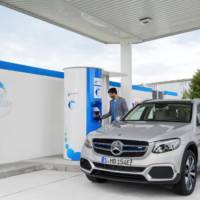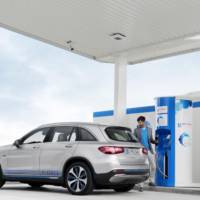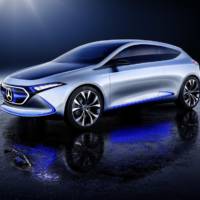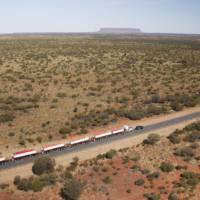Mercedes is playing the eco mobility game on two fronts. Beside the new EQ range, which will launch its first production vehicle next year, Mercedes had already launched a first fuel-cell powered crossover.
At this year’s IAA International Motor Show in Frankfurt, Mercedes-Benz unveiled the GLC F-CELL. Under the technology designation EQ Power, the latest electric model (destined for subsequent series production) is set to combine fuel-cell and battery technology in the form of a plug-in hybrid: in addition to hydrogen, the all- electric variant of the popular SUV will also run on electricity.
The vehicles unveiled at the IAA represent a world first in which a fuel-cell-operated electric car uses a lithium-ion battery as an additional energy source that can be externally charged by means of plug-in technology.
Compared with the B-Class F-CELL, which has been on the market since 2010, the overall drive system offers around 40 percent more output. The fuel-cell system is around 30 percent more compact than before, can for the first time be housed entirely in the engine compartment and is installed on the usual mounting points like a conventional engine. Also, the use of platinum in the fuel cell has been reduced by 90 percent.
The lithium-ion battery in the preproduction vehicles on show has a gross capacity of 13.8 kWh and additionally serves as an energy source for the electric motor. The charging time is around 1.5 hours if the full capacity is used.
Two carbon-fiber-encased tanks built into the vehicle floor hold around 4.4 kg of hydrogen. Thanks to globally standardized 700 bar tank technology, the supply of hydrogen can be replenished within just three minutes, which is about the same amount of time it takes to refuel a car with an internal combustion engine.
The F-CELL vehicles on show at the IAA are powered by an asynchronous machine with an output of 197 hp and a torque of 258 lb-ft. As the electric drive requires no propeller shaft, this makes room for one of the two hydrogen tanks, while the second tank is installed under the rear seat bench.

